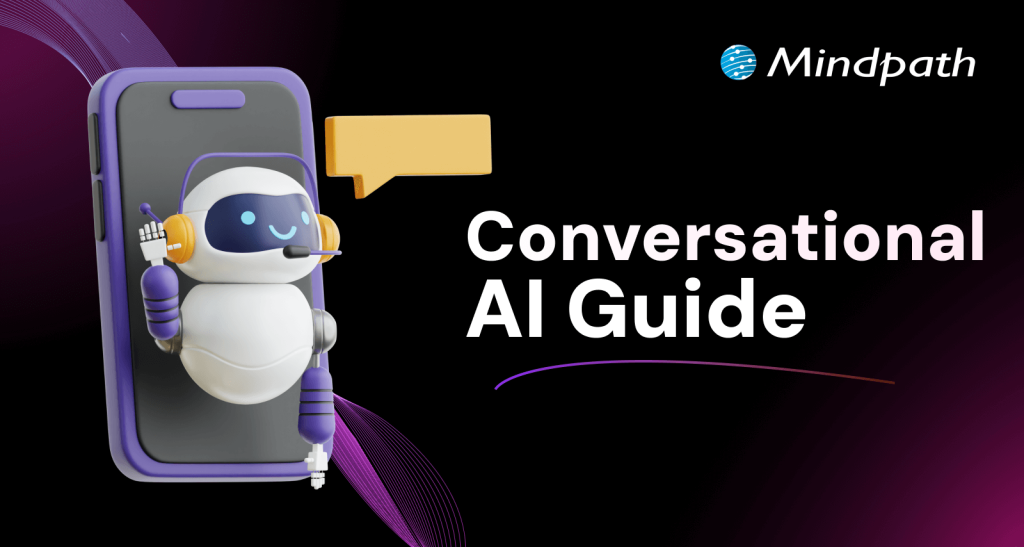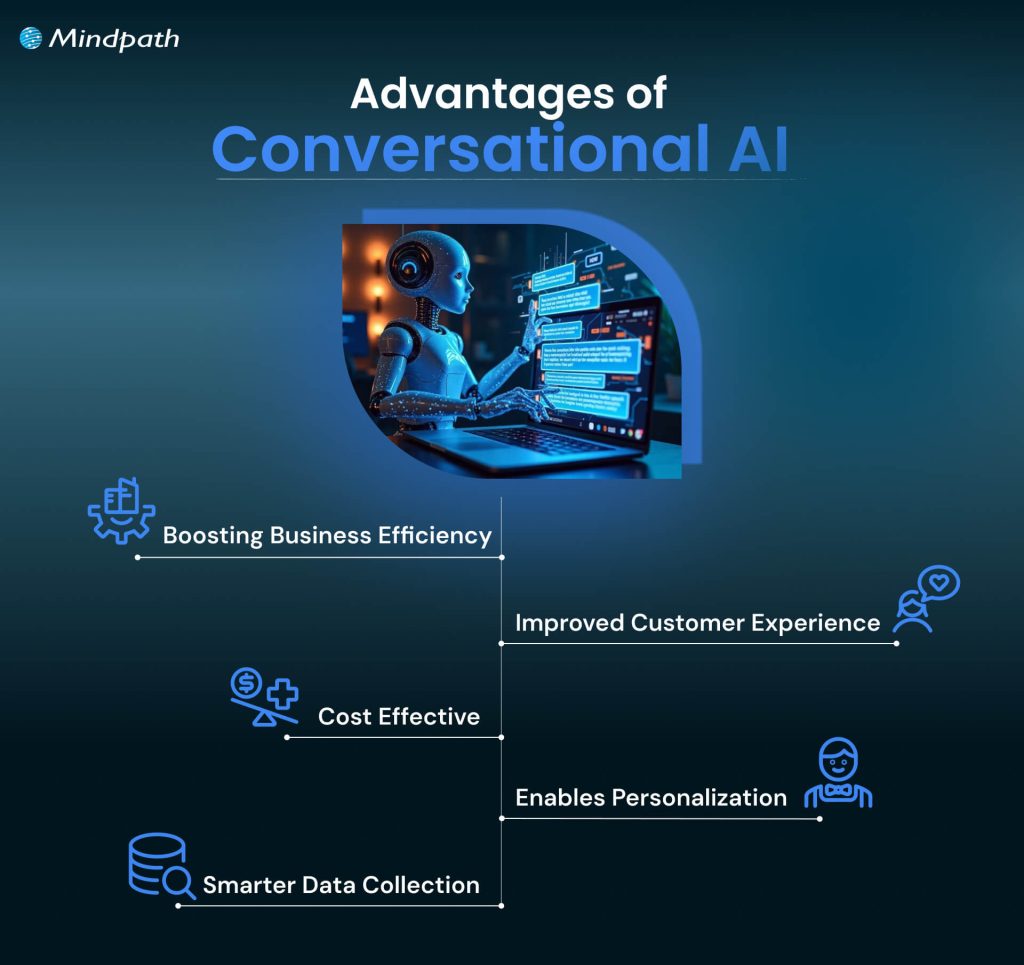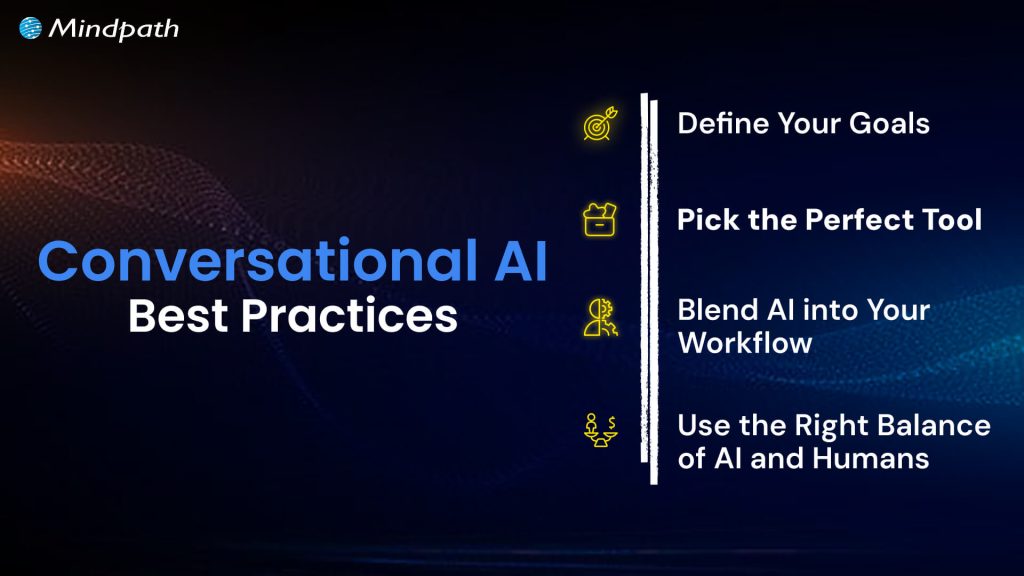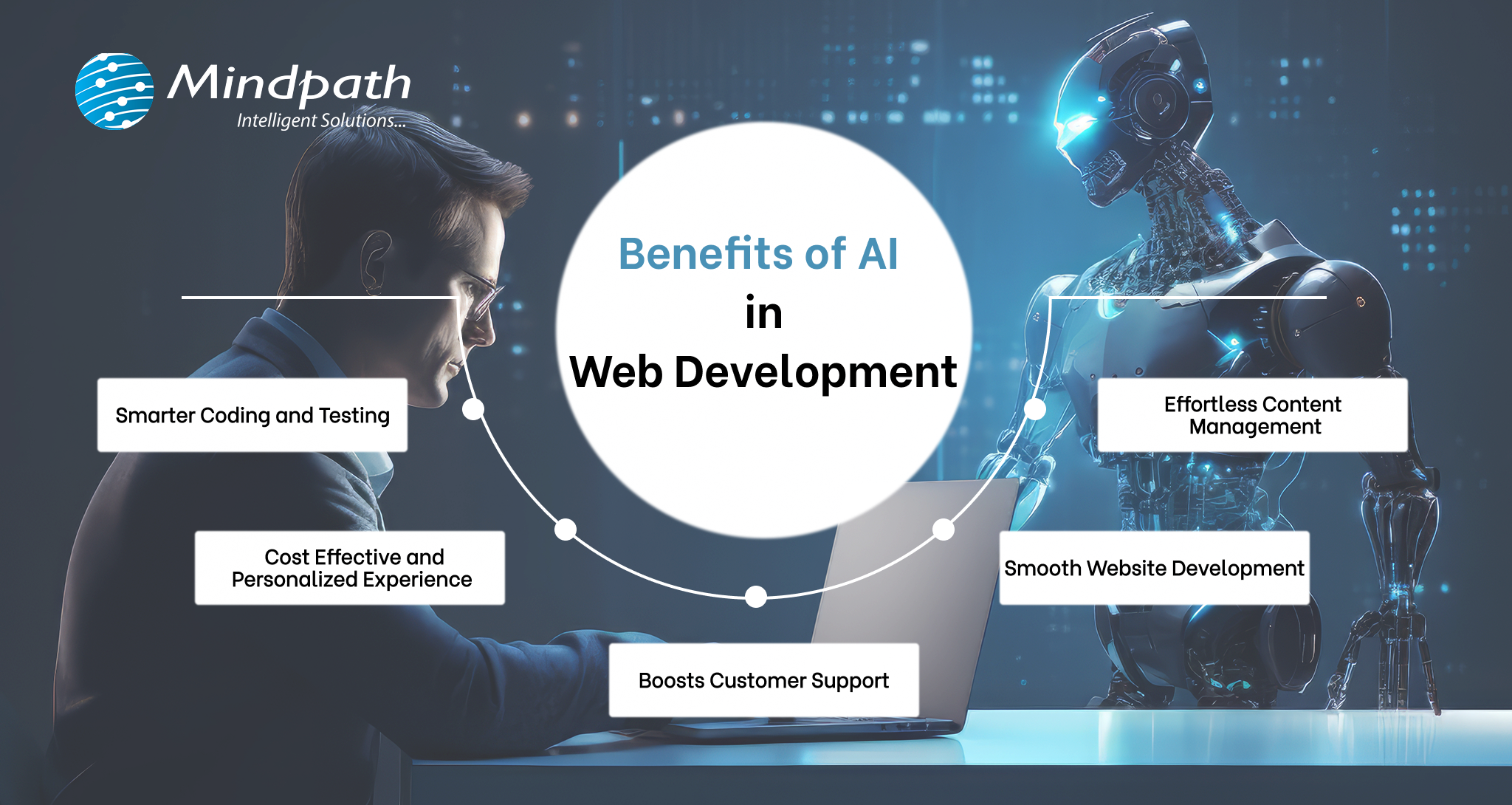Have you ever wondered how a multi-cloud strategy could transform your organization? By leveraging multiple cloud services from various providers, companies can enhance their operational efficiency and avoid vendor lock-in. But what exactly does this mean for modern enterprises? In this blog, we will explore the compelling benefits of embracing a multi-cloud strategy and discover how it can help your business thrive in an increasingly competitive environment. So, let’s dig in!
What is Multi-Cloud Strategy?
A multi-cloud strategy allows firms to leverage services from several cloud providers instead of staying with just one. This implies that they can make the finest choice for each assignment. For example, one cloud provider can be ideal for data storage, while another can be better suited for application development. Companies can use various clouds to mix and match services that best meet their needs. This method enables firms to be more flexible, develop quickly, and remain strong by distributing their work over many cloud environments. So, a multi-cloud approach enables enterprises to create a customized cloud architecture that works well for them.
Benefits for Adopting Multi-Cloud Strategy
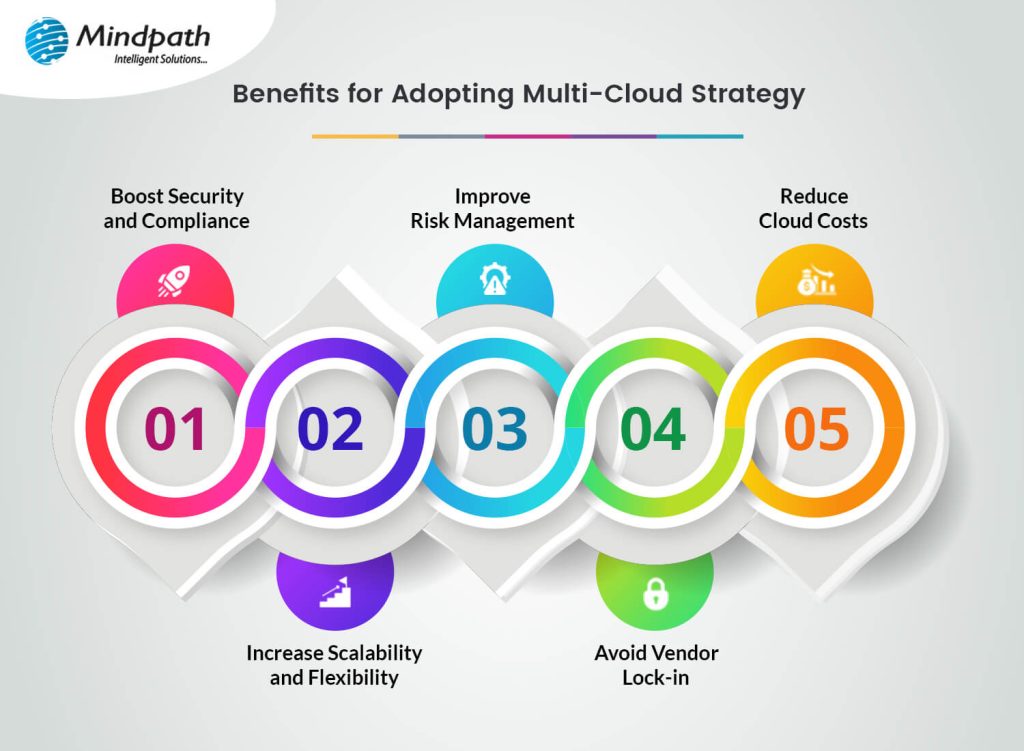
1. Boost Security and Compliance
A multi-cloud strategy allows you to run and build your apps while maintaining consistent security and compliance standards across all jobs, regardless of the service or provider you choose. This means you can simply safeguard your data and comply with rules across many cloud environments. Using various clouds allows you to take advantage of the finest security features from each provider, boosting your total security even more. Furthermore, storing data in many places reduces the chance of data loss or breaches, ensuring that your organization remains safe and compliant regardless of what occurs. This allows you to focus on building your business without worrying about security concerns.
2. Increase Scalability and Flexibility
Multi-cloud solutions provide an optimal environment for handling enormous volumes of data through seamless automation and real-time changes. They provide excellent storage options and excel at scalability, allowing organizations to simply expand or reduce storage capacity as their requirements change. Different cloud providers can integrate smoothly, allowing organizations to choose the appropriate amount of space, security, and data protection for any data type. This flexibility helps organizations to respond rapidly to new problems. For example, if there is an unexpected spike in data from a marketing campaign, businesses can quickly scale up their storage. During slower periods, they can limit your capacity to save money.
3. Improve Risk Management
Adopting a multi-cloud strategy provides a significant benefit: improved risk management. If one cloud provider experiences problems, such as infrastructure issues or security breaches, organizations may rapidly migrate to another provider or back up their data to a private cloud. Multi-cloud configurations decrease risk by utilizing different, independent systems with robust security mechanisms such as authentication, frequent vulnerability testing, and unified API assets.
This implies that even if one provider experiences a problem, your organization can keep running normally, preserving your data and assuring uninterrupted access. Companies can boost overall security and resilience by distributing workloads over several clouds, allowing them to respond to possible attacks faster and minimize interruptions.
4. Avoid Vendor Lock-in
In a multi-cloud architecture, you have the ability to swiftly deploy your services across many platforms. This strategy frees you from relying on a single vendor, allowing you to select the solutions that best meet your company’s needs. As a consequence, you can avoid frequent concerns with data management, interoperability, and expenses that can result from relying too much on a single cloud service.
This freedom also fosters innovation, as firms can try out new tools and technologies from a variety of providers without concern of becoming trapped in a single ecosystem. Furthermore, it increases bargaining power when negotiating contracts with providers because you have the ability to transfer if necessary. By not being tied to a single vendor, companies can respond to market changes more swiftly, improve their operational efficiency, and ensure they are using the best services available.
5. Reduce Cloud Costs
Choosing a multi-cloud environment can help you save IT costs. Public cloud solutions often offer reduced overhead costs and allow you to increase capacity as necessary. This technique enables you to decrease your Total Cost of Ownership (TCO) while achieving the optimal balance of pricing and performance from several sources.
By evaluating options from several cloud suppliers, you can discover the best cost-effective solution for your individual workloads. Furthermore, the option to move workloads across providers allows you to take advantage of discounts or price changes, ensuring you always receive the greatest value for your money. So, a multi-cloud strategy not only saves money but also guarantees that you have the resources you need to run your organization effectively.
Also Read: Multi-Cloud vs. Hybrid Cloud: Key Differences You Need to Know
Multi-Cloud Strategy at Mindpath
Final Thought!
Adopting a multi-cloud strategy is no longer a choice in today’s fast-paced business world; it is a need for modern organizations that want to prosper. Businesses that use services from various cloud providers can increase security, scalability, risk mitigation, prevent vendor lock-in, and lower overall costs. This adaptable strategy enables organizations to modify their cloud infrastructure to their specific requirements and respond swiftly to changing market conditions.
Mindpath is devoted to assisting clients in navigating the challenges of a multi-cloud ecosystem. By offering the tools and assistance required to put this strategy into action, we enable organizations to seize new possibilities and improve operational efficiency. Embracing a multi-cloud strategy positions your organization for success now and prepares it for the challenges of tomorrow.
Ready to enhance your cloud strategy?
Partner with Mindpath today to explore how our multi-cloud solutions can empower your business for success!










